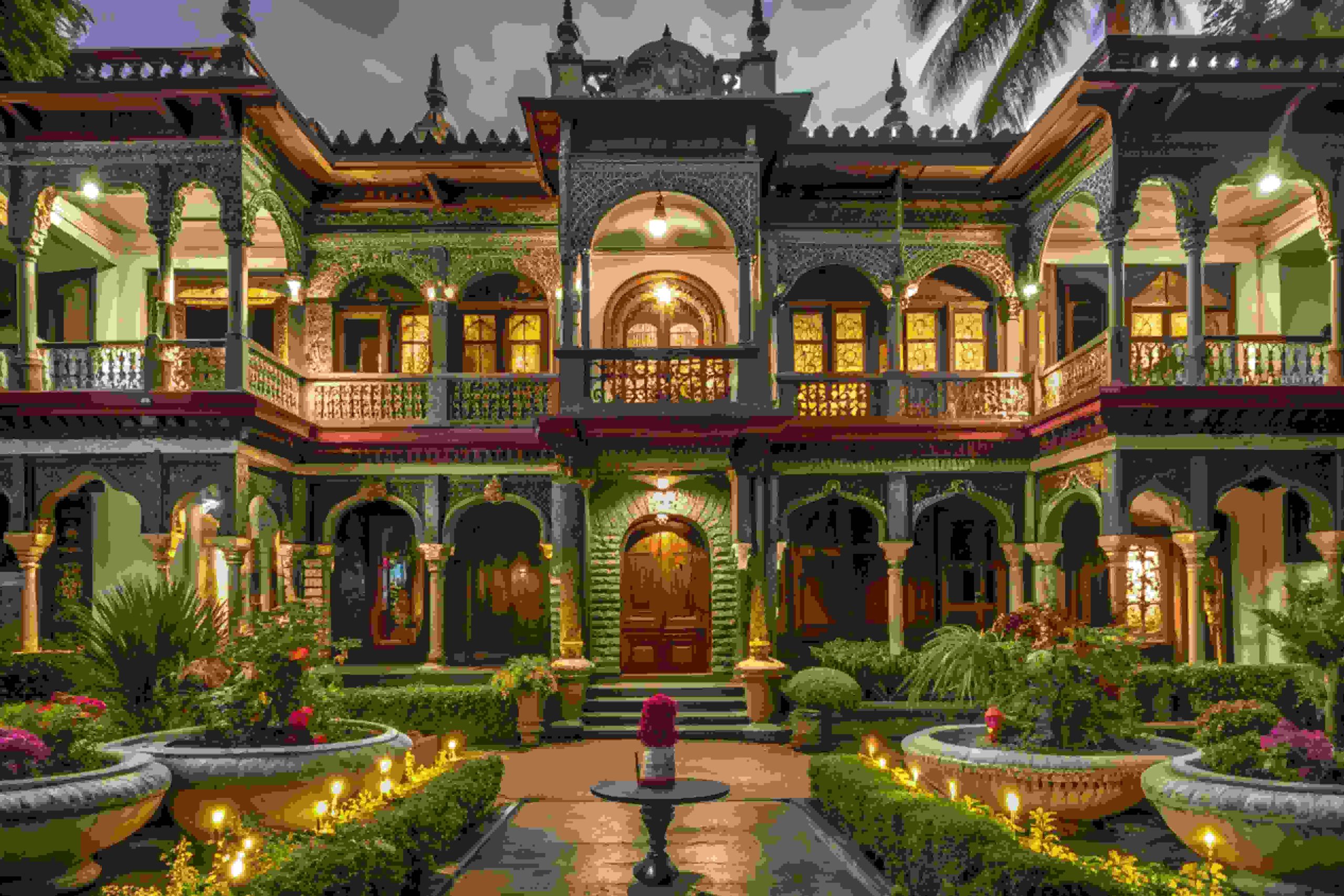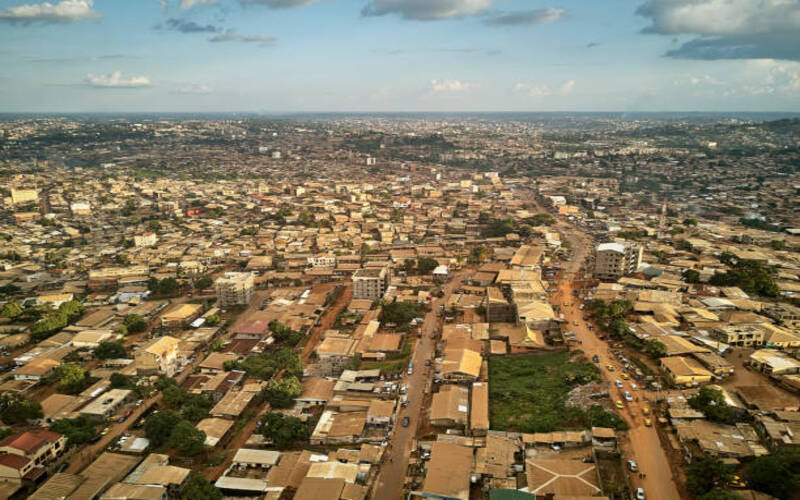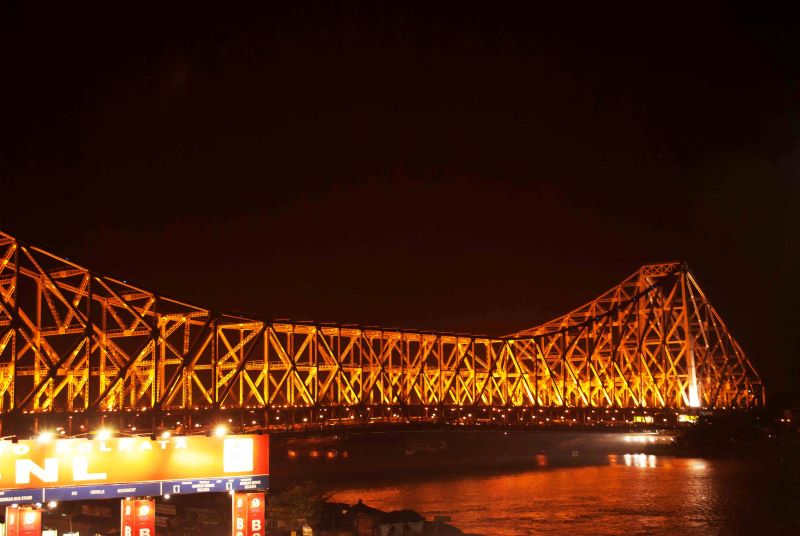“Unveiling Mysteries: A Soulful Odyssey Through Southeast Asia’s Sacred Temples”
Introduction
Title: My Journey Through the Temples of Southeast Asia
Introduction:
Embarking on a journey through the temples of Southeast Asia is akin to stepping into a realm where history, spirituality, and architectural grandeur converge. This region, rich in cultural diversity and historical depth, offers a tapestry of sacred sites that have withstood the test of time, each narrating stories of ancient civilizations, religious devotion, and artistic brilliance. From the awe-inspiring Angkor Wat in Cambodia to the serene Borobudur in Indonesia, my travels through these hallowed grounds have been a transformative experience, offering not only a glimpse into the past but also a profound connection to the spiritual essence that continues to resonate in the present. This journey is a personal exploration of the intricate beauty and enduring legacy of Southeast Asia’s temples, where every stone and carving speaks volumes of the region’s rich heritage and the timeless quest for enlightenment.
Discovering Ancient Mysteries: My Exploration of Angkor Wat
Embarking on a journey through the temples of Southeast Asia, I found myself particularly captivated by the ancient mysteries of Angkor Wat. This iconic temple complex, located in the heart of Cambodia, stands as a testament to the ingenuity and spiritual devotion of the Khmer Empire. As I approached the site, the sheer scale and grandeur of Angkor Wat became immediately apparent, with its towering spires and intricate carvings that have withstood the test of time. The temple, originally constructed in the early 12th century as a Hindu temple dedicated to the god Vishnu, later transformed into a Buddhist site, reflecting the region’s evolving religious landscape.
Upon entering the complex, I was struck by the harmonious blend of architectural precision and artistic expression. The temple’s layout, designed to represent Mount Meru, the center of the universe in Hindu and Buddhist cosmology, is a marvel of engineering. The central tower, surrounded by four smaller towers, symbolizes the five peaks of the sacred mountain. As I wandered through the corridors, the bas-reliefs that adorned the walls captured my attention. These intricate carvings depict scenes from Hindu mythology, including the famous Churning of the Ocean of Milk, a story that illustrates the eternal struggle between good and evil.
Transitioning from the outer galleries to the inner sanctum, I felt a palpable shift in atmosphere. The air was thick with a sense of reverence, as if the walls themselves whispered the secrets of centuries past. The central shrine, once home to a statue of Vishnu, now houses a Buddha image, signifying the temple’s enduring spiritual significance. This seamless integration of Hindu and Buddhist elements is a hallmark of Angkor Wat, reflecting the cultural and religious syncretism that characterizes much of Southeast Asia’s history.
As I continued my exploration, the temple’s orientation became increasingly significant. Angkor Wat is uniquely aligned to the west, a direction traditionally associated with death in Hindu culture. This unusual orientation has led scholars to speculate about its original purpose, with some suggesting it may have served as a funerary temple for King Suryavarman II, its patron. The alignment also allows for a breathtaking spectacle during the equinoxes, when the sun rises directly over the central tower, casting a golden glow that illuminates the entire complex.
In addition to its architectural and spiritual significance, Angkor Wat is a testament to the Khmer Empire’s mastery of hydraulic engineering. The surrounding moat, which serves both as a defensive barrier and a symbol of the cosmic ocean, is part of an extensive water management system that supported the region’s agriculture and sustained its population. This intricate network of reservoirs and canals underscores the empire’s ability to harness natural resources to create a thriving civilization.
Reflecting on my journey through Angkor Wat, I am reminded of the profound connection between past and present. The temple stands not only as a relic of a bygone era but also as a living monument that continues to inspire awe and reverence. Its enduring legacy is a testament to the resilience and creativity of the human spirit, inviting visitors from around the world to discover the ancient mysteries that lie within its sacred walls. As I departed the site, I carried with me a deep appreciation for the rich tapestry of history and culture that defines Southeast Asia, eager to uncover more of its hidden treasures.
Spiritual Awakening: A Pilgrimage to Bagan’s Sacred Pagodas
Embarking on a spiritual journey through the ancient temples of Southeast Asia, I found myself drawn to the mystical allure of Bagan, Myanmar. This sacred landscape, dotted with thousands of pagodas, offers a unique opportunity for spiritual awakening and introspection. As I traversed this vast plain, the sheer number of temples, each with its own history and significance, was both overwhelming and awe-inspiring. The journey began with a sense of anticipation, as I prepared to immerse myself in the rich tapestry of Buddhist culture and tradition that Bagan so vividly represents.
Upon arrival, the first sight of the sun rising over the horizon, casting a golden hue over the ancient structures, was nothing short of breathtaking. This ethereal scene set the tone for my pilgrimage, as I ventured deeper into the heart of Bagan. The temples, varying in size and architectural style, each told a story of devotion and reverence. As I explored these sacred sites, I was struck by the intricate carvings and murals that adorned the walls, depicting tales from Buddhist scriptures and the lives of the devout who once worshipped here.
Transitioning from one temple to another, I encountered fellow travelers and pilgrims, each on their own quest for spiritual enlightenment. Engaging in conversations with these individuals provided a deeper understanding of the universal quest for meaning and connection that draws people to Bagan. The shared experience of exploring these ancient monuments fostered a sense of camaraderie and mutual respect among us, transcending cultural and linguistic barriers.
As I continued my journey, I was particularly moved by the Ananda Temple, one of Bagan’s most revered sites. Its stunning architecture, with four standing Buddhas facing the cardinal directions, symbolizes the infinite wisdom and compassion of the Buddha. The serene atmosphere within the temple offered a moment of reflection and meditation, allowing me to connect with the spiritual essence of the place. This experience was further enriched by the gentle chanting of monks, whose presence added a layer of authenticity and reverence to the sacred space.
Moreover, the journey through Bagan was not solely about visiting temples; it was also an exploration of the surrounding landscape and local culture. The vibrant markets, bustling with activity, provided a glimpse into the daily lives of the Burmese people. Sampling local delicacies and engaging with artisans offered a deeper appreciation for the rich cultural heritage that complements the spiritual significance of the region.
As my pilgrimage drew to a close, I found myself reflecting on the profound impact that Bagan had on my spiritual journey. The temples, with their timeless beauty and sacred energy, served as a catalyst for introspection and personal growth. This experience reinforced the importance of preserving such cultural and spiritual treasures for future generations to explore and cherish.
In conclusion, my journey through the temples of Bagan was a transformative experience that deepened my understanding of spirituality and the interconnectedness of all beings. The sacred pagodas of Bagan stand as a testament to the enduring power of faith and devotion, offering a sanctuary for those seeking spiritual awakening and enlightenment. As I departed from this ancient land, I carried with me a renewed sense of purpose and a profound appreciation for the spiritual heritage of Southeast Asia.
Hidden Gems: Unveiling the Lesser-Known Temples of Southeast Asia
Embarking on a journey through the temples of Southeast Asia is akin to stepping into a world where history, spirituality, and architectural grandeur converge. While the renowned temples of Angkor Wat and Borobudur often capture the limelight, there exists a plethora of lesser-known sanctuaries that offer equally profound experiences. These hidden gems, tucked away in the verdant landscapes and bustling cities of the region, provide a unique glimpse into the rich tapestry of Southeast Asian culture and history.
One such hidden treasure is the Wat Phu temple complex in Laos. Nestled at the base of Mount Phu Kao, this ancient Khmer temple predates the more famous Angkor Wat and is a testament to the spiritual and architectural prowess of the Khmer Empire. The temple’s intricate carvings and serene atmosphere invite visitors to reflect on the spiritual significance that has permeated the site for centuries. As one meanders through the complex, the harmonious blend of natural beauty and human craftsmanship becomes evident, offering a tranquil escape from the modern world.
Transitioning from Laos to Thailand, the Phanom Rung Historical Park stands as another remarkable yet lesser-known temple. Perched atop an extinct volcano, this Hindu temple complex is dedicated to the god Shiva and showcases the architectural brilliance of the Khmer civilization. The temple’s orientation towards the east allows for a spectacular sunrise view, where the first rays of light illuminate the intricately carved lintels and doorways. This celestial alignment not only highlights the temple’s architectural precision but also underscores the spiritual beliefs that guided its construction.
Continuing the journey into Cambodia, the Preah Vihear Temple offers a breathtaking experience both in terms of its location and historical significance. Situated on a cliff in the Dângrêk Mountains, this temple provides panoramic views of the surrounding landscape, creating a sense of awe and reverence. The temple’s strategic position has made it a site of historical contention, yet its cultural and spiritual importance remains undiminished. As visitors explore the temple’s terraces and galleries, they are transported back in time, gaining insight into the religious and political dynamics of the Khmer Empire.
Further south, in the heart of Vietnam, lies the My Son Sanctuary, a cluster of Hindu temples constructed by the Champa civilization. Although partially ruined, the site exudes a mystical charm, with its red brick structures standing resilient against the passage of time. The intricate bas-reliefs and sculptures found here reflect the Champa’s devotion to Hindu deities and their artistic ingenuity. Walking through My Son, one cannot help but feel a connection to the ancient world, where spirituality and artistry were inextricably linked.
Finally, the journey culminates in Indonesia, where the Candi Sukuh temple on the slopes of Mount Lawu offers a distinct departure from traditional Javanese temple architecture. With its pyramid-like structure and enigmatic carvings, Candi Sukuh is often compared to the temples of the Mayan civilization. This temple, dedicated to fertility and life cycles, provides a fascinating insight into the syncretic nature of Indonesian spirituality, where indigenous beliefs intertwine with Hindu and Buddhist influences.
In conclusion, the lesser-known temples of Southeast Asia are not merely architectural marvels but are also repositories of cultural and spiritual heritage. Each temple, with its unique history and setting, invites travelers to delve deeper into the region’s past, offering a journey that is as enlightening as it is enchanting. As these hidden gems continue to reveal their secrets, they remind us of the enduring legacy of human creativity and devotion.
Q&A
1. **What is “My Journey Through the Temples of Southeast Asia” about?**
It is a travelogue or memoir detailing the author’s experiences and reflections while exploring various temples across Southeast Asia, highlighting cultural, historical, and spiritual insights.
2. **Which temples are featured in “My Journey Through the Temples of Southeast Asia”?**
The book features prominent temples such as Angkor Wat in Cambodia, Borobudur in Indonesia, and Wat Pho in Thailand, among others.
3. **What themes are explored in “My Journey Through the Temples of Southeast Asia”?**
The book explores themes of spirituality, cultural heritage, personal growth, and the architectural and historical significance of the temples visited.
Conclusion
“My Journey Through the Temples of Southeast Asia” offers a profound exploration of the region’s rich cultural and spiritual heritage. The narrative captures the awe-inspiring architecture, intricate artistry, and the deep sense of history embedded within each temple. Through personal reflections and vivid descriptions, the journey reveals not only the diversity and beauty of Southeast Asian temples but also the transformative impact they have on visitors. Ultimately, the journey underscores the timeless connection between humanity and spirituality, inviting readers to appreciate and preserve these sacred sites for future generations.














